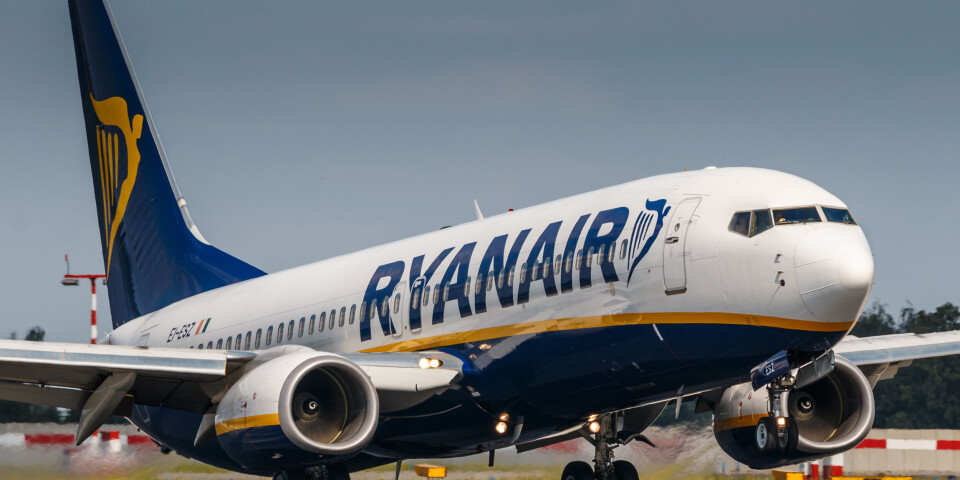-
Cars and driving: What's new in France in 2026
Including the new pollution tax on used cars, motorway toll changes and speed camera changes
-
More than a quarter of new car registrations in France are electric
EV sales hit new record in November 2025
-
Ryanair’s presence confirmed at Tours-Val de Loire airport
Bookings for summer flights to Marseille and Morocco are already open
US invests €6million in World War Two Normandy cliff site
The Pointe du Hoc in Calvados will be preserved and updated, and the visitor centre expanded to enable people to better understand what happened there on June 6, 1944
A coastal site in Calvados, northwest France, is to receive a €6million investment from the US to help preserve its place as a symbol of US heroism during the D-Day landings of World War Two.
The Pointe du Hoc Normandy cliff site is to be protected and redeveloped, in memory of the 135 US rangers who were killed there by the German army on June 6, 1944.
The investment work in the site is set to last two years.
The Pointe du Hoc cliffs are considered to be particularly sensitive in US memory.
"The place has even become sacred to [the US],” explained Scott Desjardins, superintendent of the Colleville-sur-Mer American Cemetery to Le Parisien. “It's one of the major symbols of heroism in the United States.”
The American Battle Monument Commission (ABMC), the American organisation in charge of memorial sites, now runs the space. It is responsible for protecting the cliff and redeveloping the site, which receives no fewer than 550,000 visitors annually.
Mr Desjardins said: "The objective today is to enable hundreds of thousands of visitors to pass through without damaging the natural dimension of the site.”
The work will include a major clearing of the site, to show the remains of the ranger assault; and the updating of the current museum building. It is set to become a family-friendly visiting centre, which will offer permanent guided tours.
“The space will be enlarged to accommodate exhibitions and various tools, especially videos, to help visitors better understand what happened here,” said Mr Desjardins.
In 2010, the US Congress paid €4.8million to help reinforce the cliff and prevent further erosion. However, last May, a large boulder collapsed into the sea. This is likely to have helped prompt the latest round of investment and protection of the site.
Related articles
D-Day: French archaeologists launch research ahead of 78th anniversary
Last World War Two Oradour massacre survivor publishes book account
France to mark 77th anniversary of end of World War Two on Sunday
























